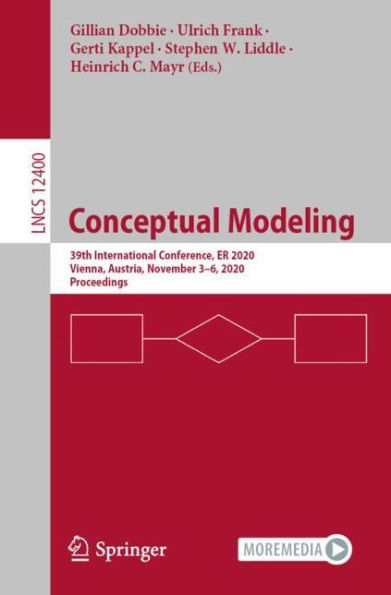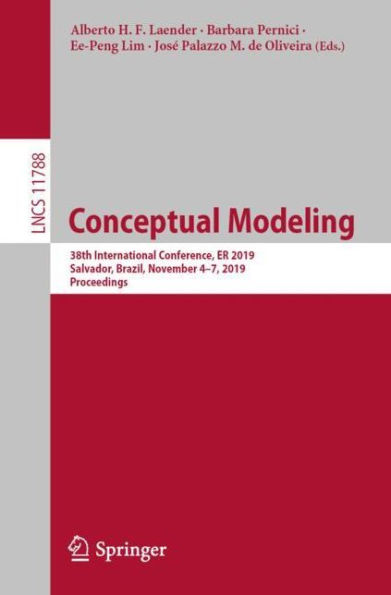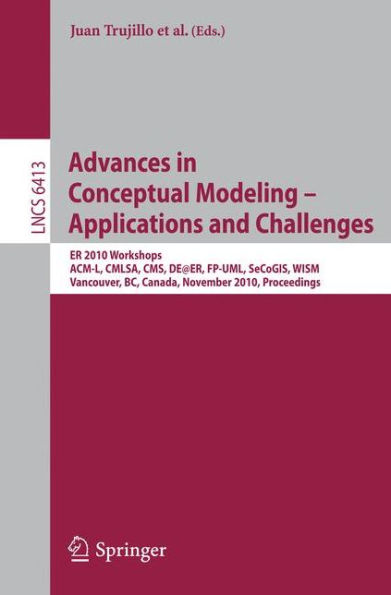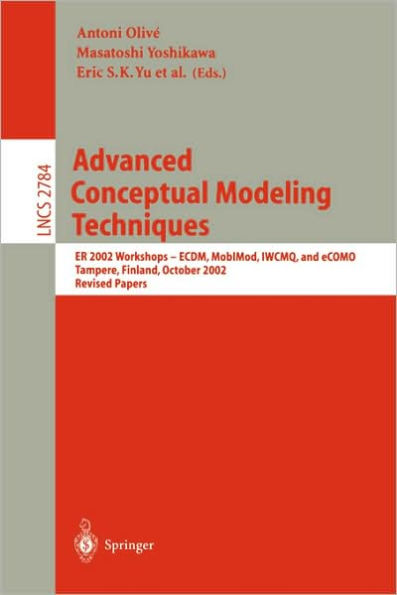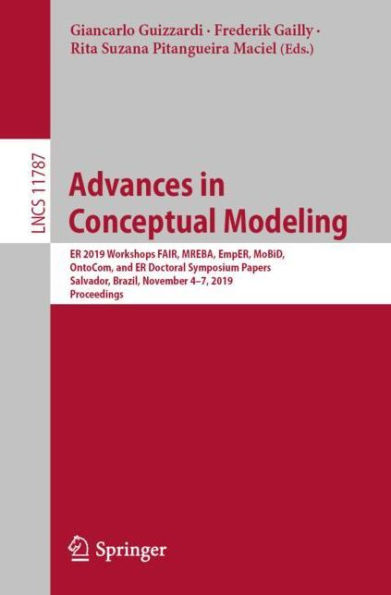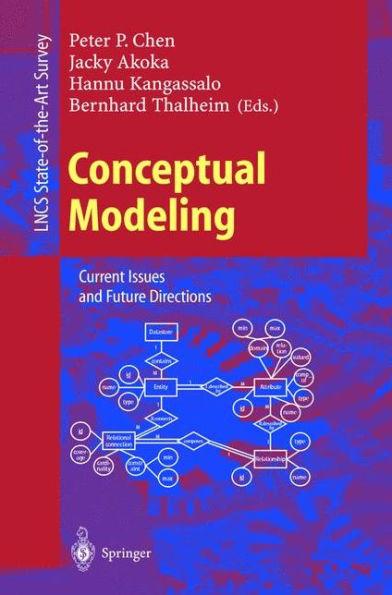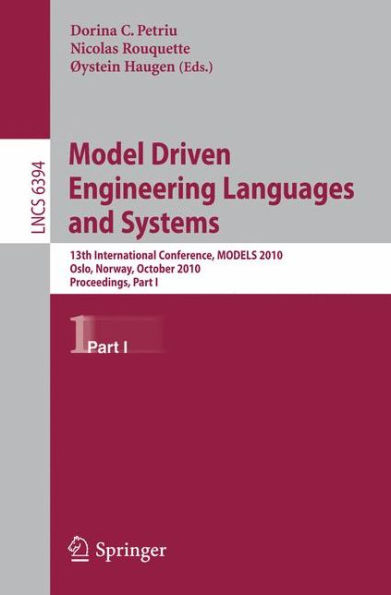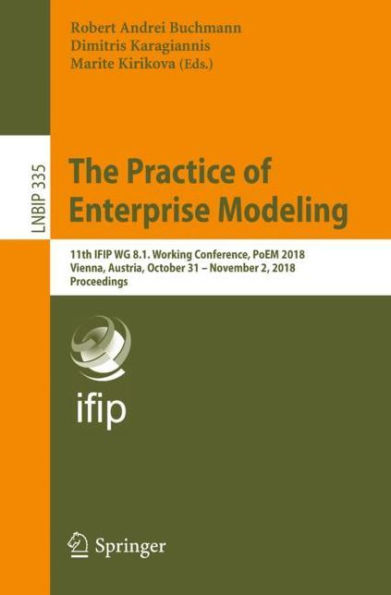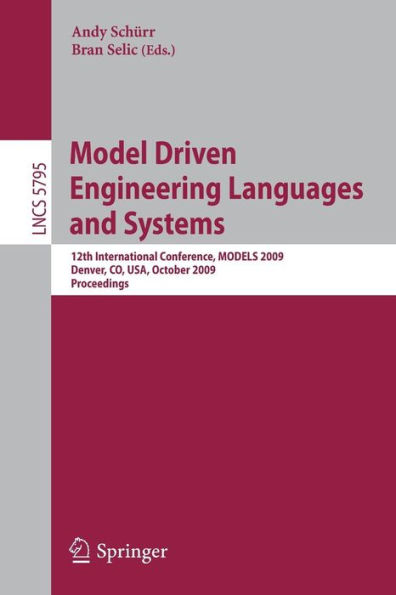Home
Conceptual Modeling - ER 2010: 29th International Conference on Conceptual Modeling, Vancouver, BC, Canada, November 1-4, 2010, Proceedings


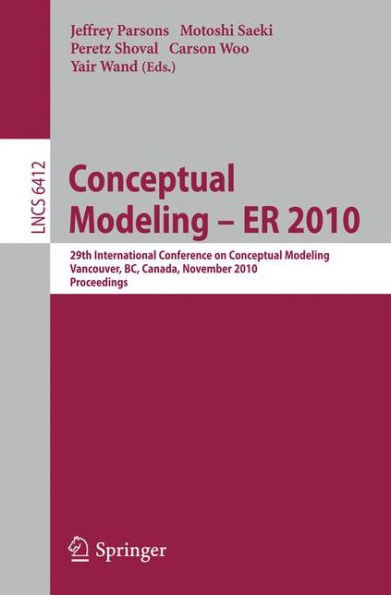
Conceptual Modeling - ER 2010: 29th International Conference on Conceptual Modeling, Vancouver, BC, Canada, November 1-4, 2010, Proceedings
Current price: $54.99
Loading Inventory...
Size: OS
th This publication comprises the proceedings of the 29 International Conference on Conceptual Modeling (ER 2010), which was held this year in Vancouver, British Columbia, Canada. Conceptual modeling can be considered as lying at the confluence of the three main aspects of information technology applications –– the world of the stakeholders and users, the world of the developers, and the technologies available to them. C- ceptual models provide abstractions of various aspects related to the development of systems, such as the application domain, user needs, database design, and software specifications. These models are used to analyze and define user needs and system requirements, to support communications between stakeholders and developers, to provide the basis for systems design, and to document the requirements for and the design rationale of developed systems. Because of their role at the junction of usage, development, and technology, c- ceptual models can be very important to the successful development and deployment of IT applications. Therefore, the research and development of methods, techniques, tools and languages that can be used in the process of creating, maintaining, and using conceptual models is of great practical and theoretical importance. Such work is c- ducted in academia, research institutions, and industry. Conceptual modeling is now applied in virtually all areas of IT applications, and spans varied domains such as organizational information systems, systems that include specialized data for spatial, temporal, and multimedia applications, and biomedical applications.

